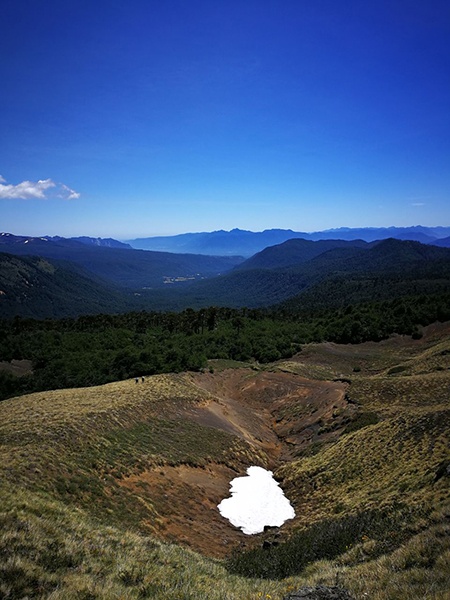Major bottlenecks for the restoration of natural forests in Chile
August 2018

International agreements combined with the recent Chilean Forestry Policy (2015–2035) represent a challenge and an opportunity for forest landscape restoration in Chile. Nevertheless, restoring over 500,000 ha using mainly native species seems like a daunting task by 2035. Here, we discuss the three major bottlenecks that currently constrain the restoration efforts of forest ecosystems in Chile. First, Chile urgently needs a national strategic plan for forest landscape restoration, which should take into account mid‐ and long‐term goals. There is also a need to prioritize resource allocation for efficient use, promoting the creation of economic subsidies for restoration that consider different types of forest ecosystems. Second, there is a great need for better nursery protocols in plant production as well as to strengthen educational programs for professional and technical training, given the lack of high‐quality personnel in Chilean nurseries. This would help increase the currently limited national plant supply, improving quality and increasing the diversity of native species suitable for forest restoration. Lastly, taking advantage of novel eco‐technological tools and promoting innovative plantation design would help to overcome the usually deficient results in the establishment phase, leading to higher survival rates and promoting better performance of native species. Beyond current experiments that are relatively efficient on a small spatial scale, the practice of forest restoration needs to become massive and successful at a landscape scale. More and better applied research is crucial for improving the impact of forest landscape restoration, so that Chile can achieve its forest restoration challenge in the next decade.